Italy has grown to be the destination of dreams to retire, study or lifestyle change for lots of Americans. Fortunately, the country is not just beautiful, with incredible food, captivating history and UNESCO-protected sites, but it is one of the most affordable places to live in Mediterranean Europe.
This time, we were on the hunt to discover the best places to live in Italy on a $2,500 budget per month. We’ve crunched the numbers to see what options would a couple be able to afford in Italy for this money. We have found many incredible locations, from seaside towns to hidden gems minutes away from big popular cities.
One-third of the monthly budget is dedicated to your apartment rent, to leave enough money for other necessary expenses, plus your discretionary spending such as travel and lots of gelato. Therefore, each of the cities on our list will have two-bedroom apartments that range from $800 up to $830 a month.
5. Cesena, Emilia-Romagna
- Population: 97,000
- Average two-bedroom apartment: $800
- Estimated monthly cost of living: $2,400
In the heart of the Alps mountain range, Cesena is in the Emilia-Romagna region of northern Italy. The city offers impressive views of the surrounding mountains and incredible sites in the city walls, too. Who wouldn’t want to sip on an apertivo or cappuccino at one of the bars at Piazza del Popolo with the Rocca Malatestiana, a castellated fortress, as your backdrop?
Cesena is a perfect place to settle for outdoor adventurers. The clean air and stunning scenery can also be enjoyed in the warmer months, with incredible hiking, rock climbing, and bike trails in the surrounding mountains, too.
Though it’s a smaller town, Cesena has a ton of cultural attractions. Most towns in Italy feature a famous church, and Cesana’s is the Church of San Giovanni Battista, built in the 12th century. There’s also the UNESCO Heritage site, the Biblioteca Malatestina, one of the best-preserved libraries in Italy where you can spend a quiet afternoon admiring the 343 intricate and beautiful handwritten books.
Despite its seemingly remote location, Cesana is also a convenient 40-minute train ride to the superb city of Bologna. Plus, the town is only 30 minutes from Lido di Savio, a seaside resort town perfect for spending your summer days at the beach, playing tennis, or taking advantage of the camping facilities.
Being so close to Bologna means Cesana has access to the incredible food the area produces. The region is famous for rich Parmesan cheese, meat-stuffed pasta dishes, and cured meats. Pair the region’s tagliatelle pasta and ragu sauce with the Sangiovese wine for the quintessential Emilia-Romagna meal.
See Cesena on the map.
4. Pavia, Lombardy
- Population: 73,800
- Average two-bedroom apartment: $820
- Estimated monthly cost of living: $2,460
In northern Italy, Pavia sits just south of Milan. Despite its proximity to the cosmopolitan hub, Pavia has a small-town vibe that is much more representative of the Italian way of life.
One of the city’s best features is its accessibility. With a primarily walkable layout and solid public transportation system, residents won’t need a car to get around. On top of this, despite its more rural location, the rest of Italy and Europe is a quick train ride away.
Pavia is also a university town, which gives it youthful energy. The university provides opportunities for both educational and potential job prospects. The campus is a maze of courtyards, each with its own unique architectural style, with monuments, distinct lecture halls, and a collection of museums.
If you love the outdoors, Pavia also has a ton of public parks. Vernavoula Nature Reserve, in the north of the city, is the largest green space in the municipality. After a long day of work or study, you can unwind with an easy stroll through the wooded area.
Though the city offers the best of both worlds, a town outside of the hustle-and-bustle of Milan but not too far, it can feel a bit isolated as an expat. However, at an estimated monthly cost of $2,460, living in the city will cost less than half compared to Milan, which averages $5,790.
See Pavia on the map.
3. Livorno, Tuscany
- Population: 157,000
- Average two-bedroom apartment: $820
- Estimated monthly cost of living: $2,460
Along the western coast of Tuscany, Livorno lies just twenty kilometers south of Pisa, a hidden gem of a Tuscan city. Despite its cultural significance, Loverno is often overshadowed by its more famous neighbors of Florence and Pisa. The city gets very few foreign tourists and offers a more authentic atmosphere.
If you’re determined to live in the famous region of Tuscany, which tends to be more expensive than other parts of Italy, Livorno is a smart choice for a $2,500 budget.
Livorno is a vast mix of cultural influences, as it was established in the 1500s by Florence as a sanctuary for exiles, traders, and other “unfavorable” people at that time. Because of this history of inclusivity, the coastal town has a welcoming atmosphere, making it a great place to settle for people of all religions and cultures.
Another perk of the city’s multicultural history is the amazing culinary scene. You’ll find a perfect example of this at Mercato delle Vettovaglie, the town’s central market, featuring over 200 stalls. Get your groceries or lunch, from fresh seafood and locally grown produce to local dishes like cinque e cinque, a chickpea flatbread, and couscous alla livournese, a Spanish and North-African-inspired dish.
Much of the city was destroyed in World War II, and the new buildings constructed in the city clash with the 17th-century architecture that made it through the war unscathed. On top of this, the city is largely regarded as polluted, with a major US army base, oil refineries, and a busy port, making it seem less beautiful compared to other cities in Tuscany.
Despite this, the city has tons of culture unique to Italy. For example, the canals of Quartiere Venezia, which Venetian city planners designed, have been recognized as a UNESCO Heritage site. The city has so much to do for people living there, from art galleries and exhibitions to music festivals, shows at local theaters, and much more.
See Livorno on the map.
2. Tivoli, Lazio
- Population: 56,000
- Average two-bedroom apartment: $800
- Estimated monthly cost of living: $2,400
Tivoli, Lazio, often considered Rome’s “great escape,” is 18 miles east of the country’s capital, a quick 40-minute train ride. Stepping into Tivoli feels like a journey into the past, the small village home to many historical attractions.
One of the town’s crown jewels is Villa Adriana, a summer retreat for the Roman Emperor Hadrian. This villa, almost a mini-town itself, includes ancient ruins of libraries, baths, amphitheaters, and so much more, giving a glimpse into another area. Unfortunately, many of the monuments and treasures housed here were plundered by barbarians or taken to museums.
Another amazing site is Villa d’Este, another UNESCO gem renowned for its water features- a Roman water park- with cascading waterfalls, pools, and fountains, all powered by gravity. A few steps off of the train is Villa Gregoriana, a mix of natural beauty and archaeological remains.
For a taste of local cuisine, you can dine at Ristorante Sibilla, a 300-year-old restaurant with beautiful wisteria plants blooming in the spring months. On a weeknight evening, you can unwind with an aperture in Piazza delle Erbe, a cobblestoned square surrounded by medieval buildings and churches.
Nature enthusiasts will love this city, too. The town has access to tons of mountain paths for hiking and biking, offering panoramic views of the city’s waterfalls, Rome, and beyond. Additionally, locals love to relax at the thermal baths of Acque Albune in Tivoli Terme, five miles from the town center, that offer year-round warm water temperatures.
One downside to living in Tivoli, however, is that it lacks the bustling central markets and events that bigger cities on this list provide. The town can feel quite isolated, especially in the winter months, and English isn’t widely spoken by locals, either.
But as the city is so close to Rome, you can easily go into town if you’re feeling bored. Plus, with the estimated monthly cost of living at just $2,400, you can save a considerable portion of money by not living in the capital city.
See Tivoli on the map.
1. Trieste, Friuli-Venezia Giulia
- Population: 200,000
- Average two-bedroom apartment: $830
- Estimated monthly cost of living: $2,490
Trieste, the biggest city on our list, sits in the northeastern region of Italy, Friuli-Venezia Giulia, bordering Slovenia and overlooking the Adriatic Sea.
It’s one of the most unique cities in Italy and perhaps considers itself the black sheep of Italian towns. The city was only integrated into Italy in 1954 and is outspoken about its pride in being an independent region.
For English speakers, Trieste offers a welcoming environment, as many of the locals are fluent in the language. Slovenian is also widely spoken, but if you really want to fit in, you’ll want to learn a bit of Italian, too.
Besides some of the major northern cities, Trieste is also one of the most promising areas to find work. Home to a large port, the city has headquarters for large international companies like Alliance Insurance and Illay. Additionally, the town has a top public university and tons of international schools for younger families.
Trieste also has a diverse range of neighborhoods that fit with any lifestyle. From the academic atmosphere of the university area to the trendy Cavana, full of cafes, bars, and restaurants, to the coastal beach neighborhood of Barcola.
What’s best about Triste is that its public transportation system actually works. Punctual buses can take you throughout the town, while the ferry network can take you to surrounding areas. The city’s amazing location also gives residents convenient access to breathtaking destinations like the Dalmatian Coast of Croatia.
While Triste may not offer the quintessential “Italian” experience, its cosmopolitan atmosphere, job opportunities, and quality of life make it our top pick for this budget range.
See Trieste on the map.

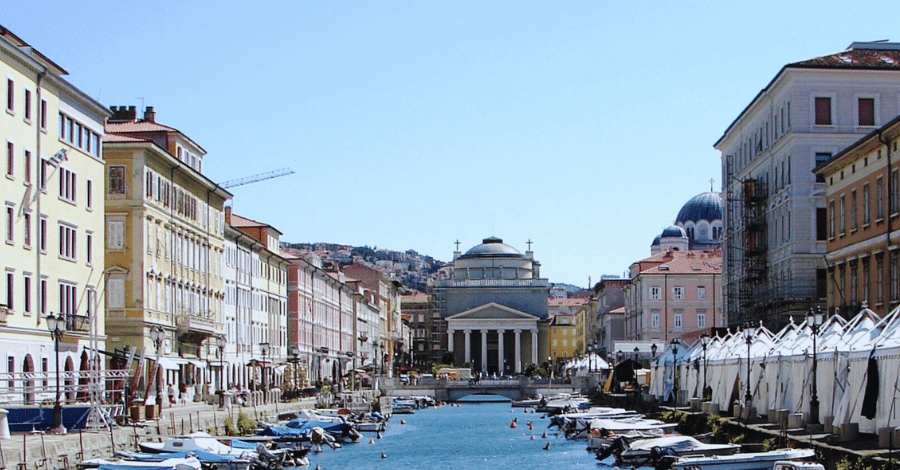
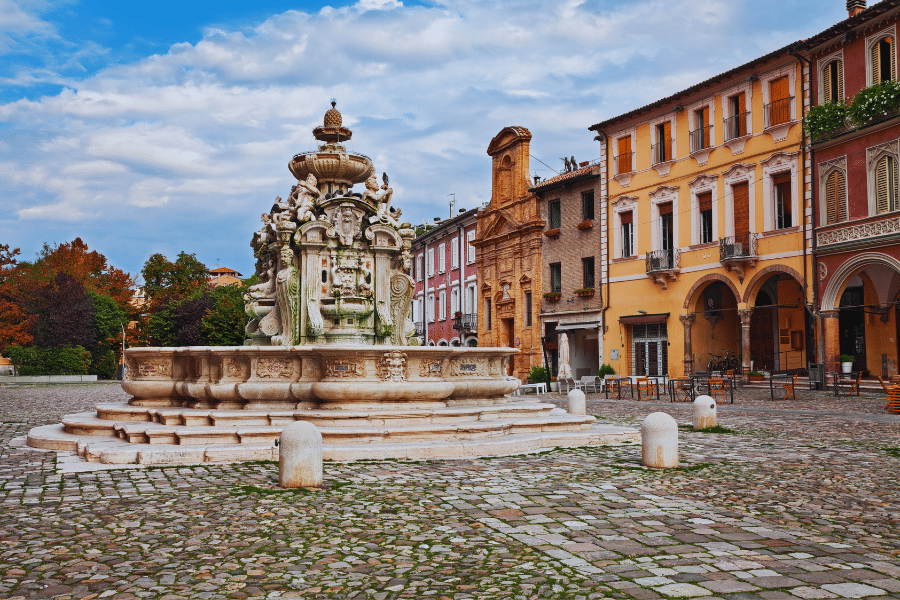
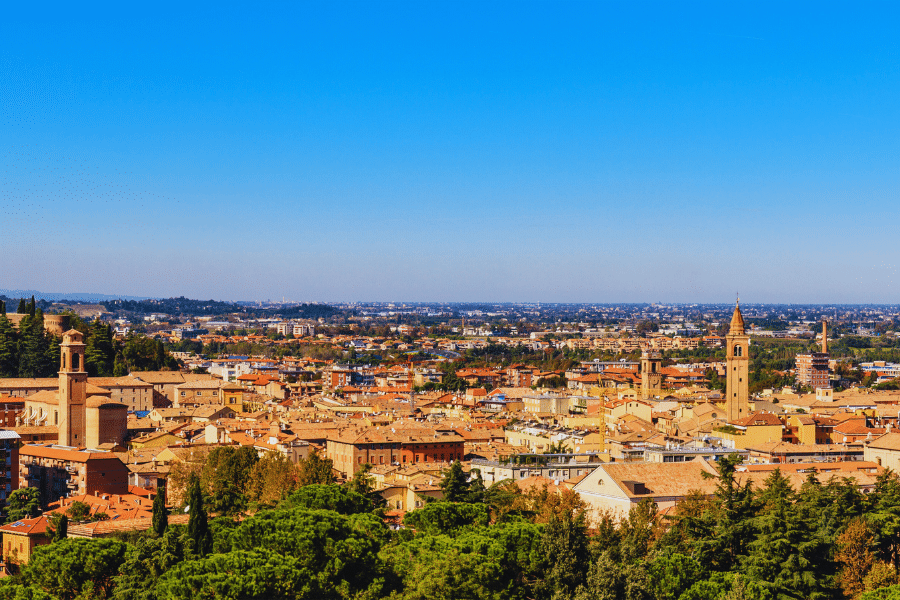
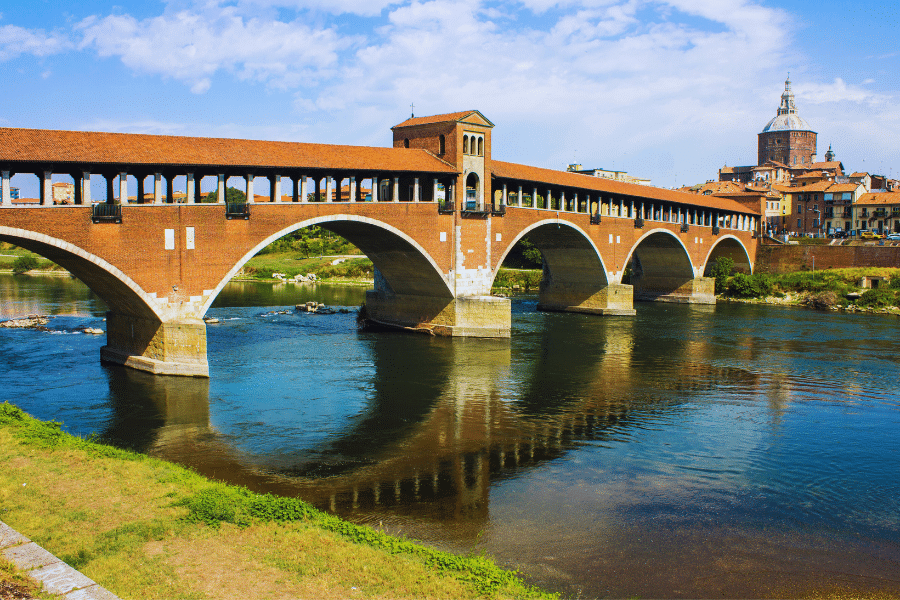
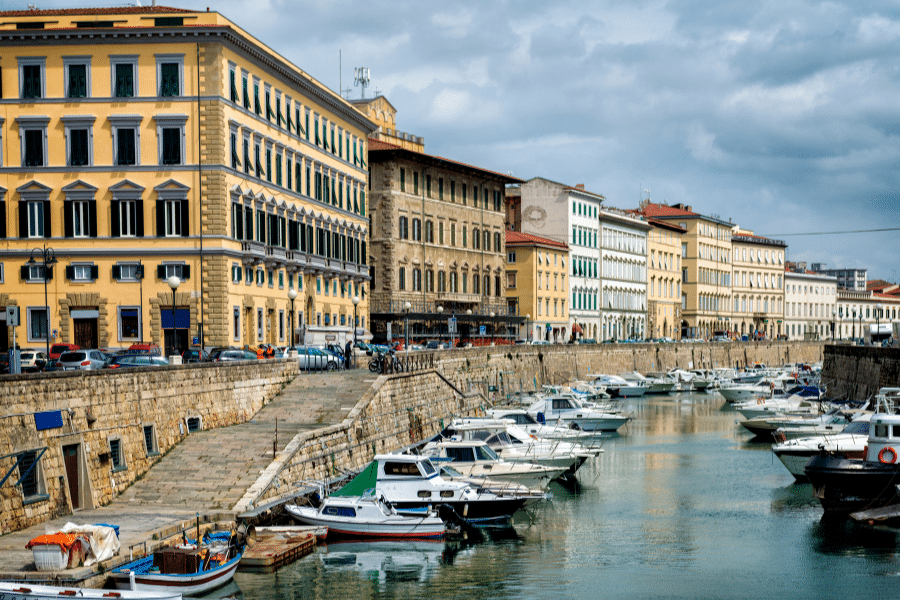
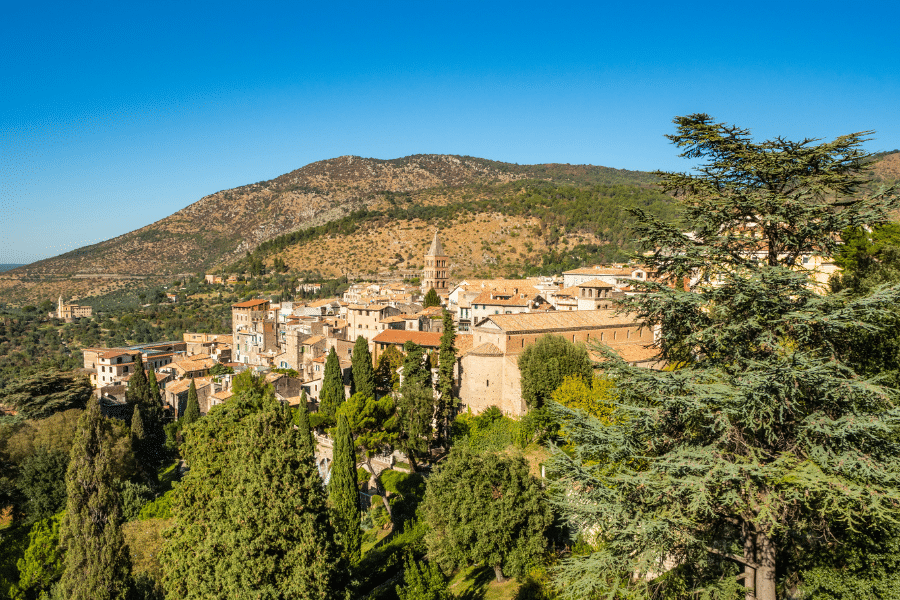
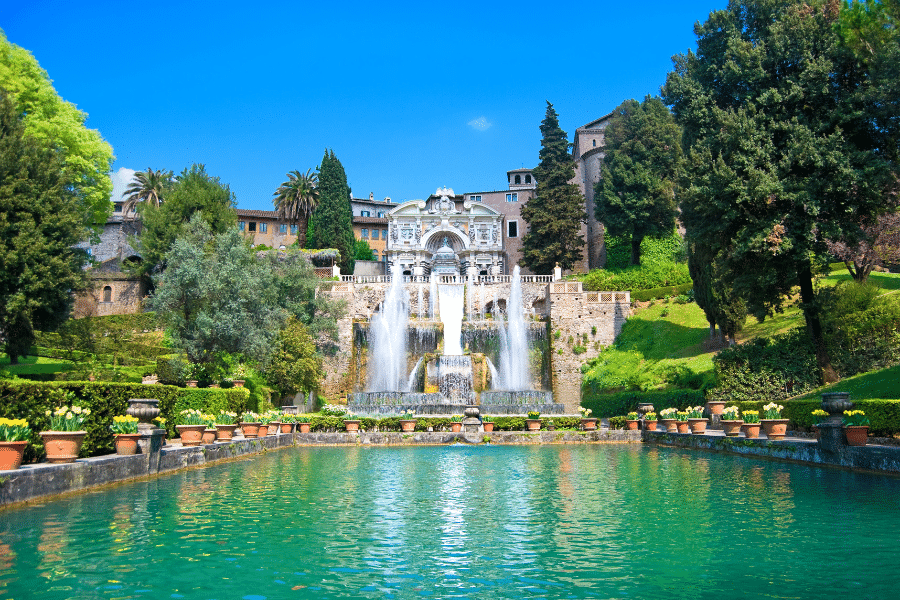
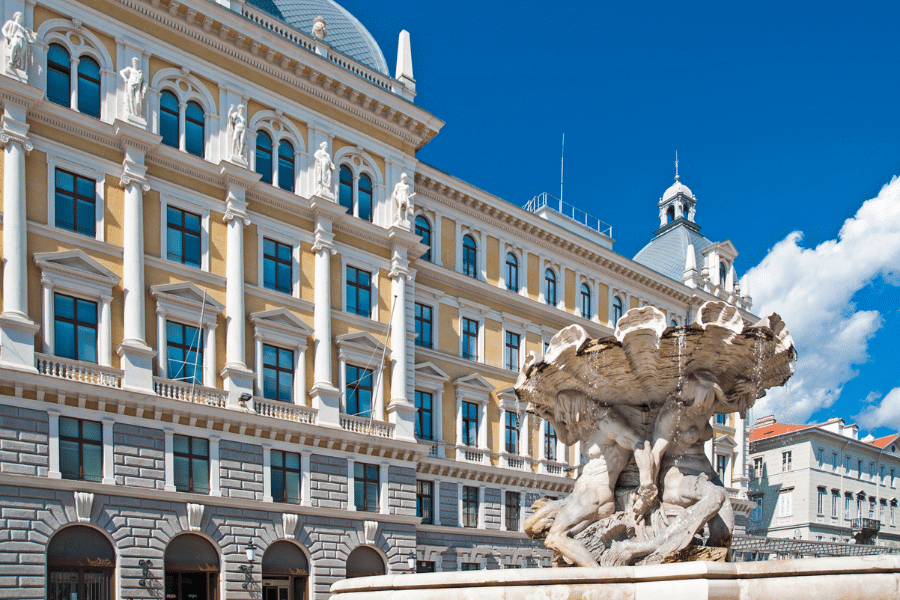
Leave a Comment